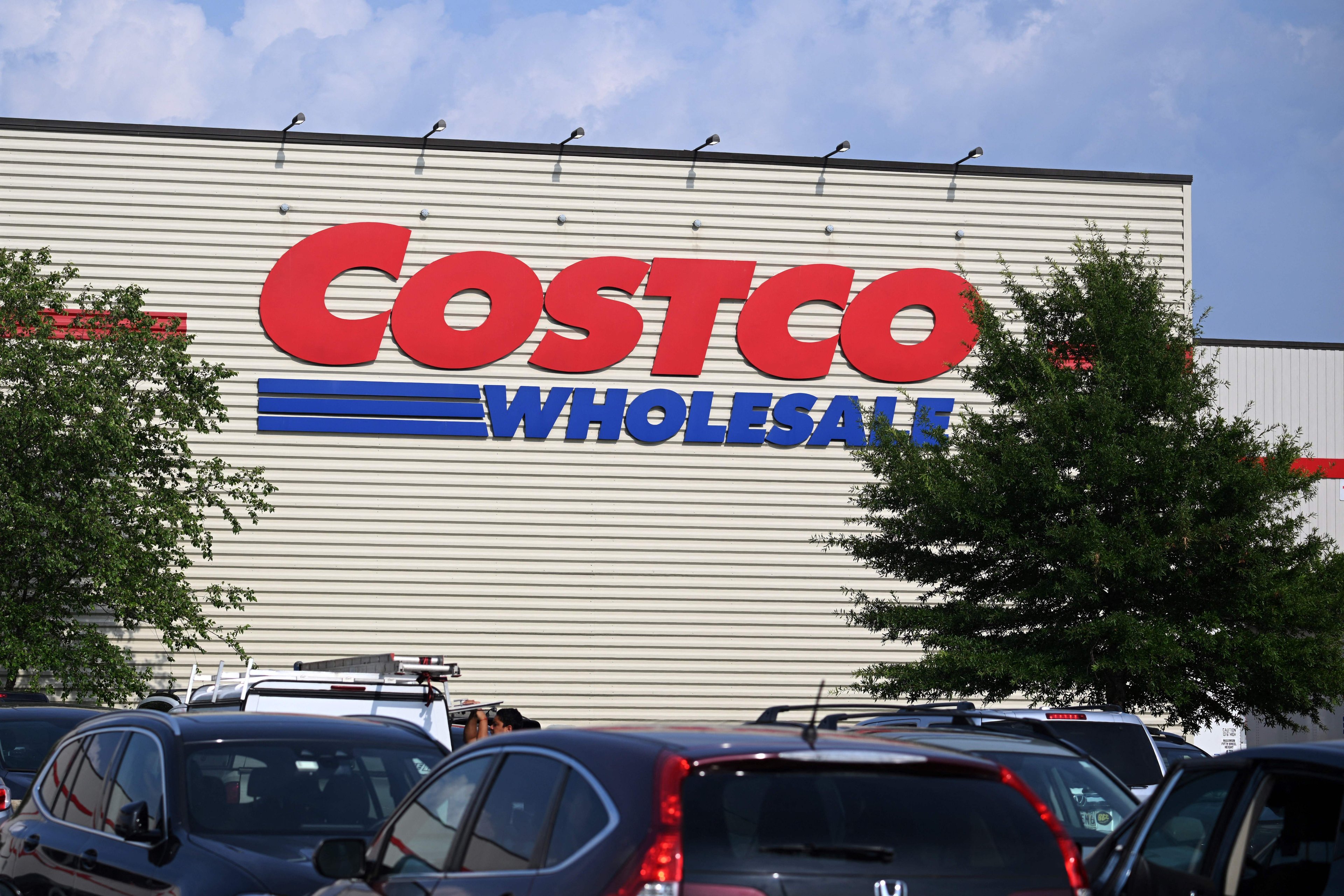Costco (COST 0.13%) is a dominant retail enterprise. It generated $270 billion in net sales in the latest fiscal year. This makes it the world's third-largest retailer behind only Walmart and Amazon. Investors are certainly familiar with the business.
This retail stock has been a winning investment. In the past five years, the shares have produced a total return of 163% (as of Oct. 17). This gain crushes the S&P 500 by a wide margin.
However, investors care about what the future might hold. Where will Costco be in five years?

Image source: Getty Images.
Costco is on track to be a much larger business
It's important for investors to think about what Costco will look like in 2030. It's not a shock to say that this will be a bigger company.
There are 914 Costco warehouses across the globe. And despite this being a massive business already, management continues to expand the physical footprint. The plan is to open about 30 net new stores in fiscal 2026, with a greater focus on international markets in the future.
Of course, more warehouses mean more shoppers. Costco has 81 million total members, up 39% over the past five years. As of Aug. 31, 48% of these signed up for the Executive option. Growing this percentage can be extremely beneficial to Costco's financial performance since these customers spend more.
More stores and more members will lead to a much higher revenue base five years from now. Wall Street consensus analyst estimates predict Costco's top line will grow at a compound annual rate of 7.4% between fiscal 2025 and fiscal 2028. I think this pace will continue throughout the rest of the decade.
Costco's success as an everything store won't change. Its scale and cost advantage will continue to support its impressive competitive position. Costco's ability to leverage its negotiating power with vendors results in lower merchandising costs. At the end of the day, this directly benefits shoppers in the form of everyday low prices.
Thanks to the fact that it should be generating more revenue in 2030, Costco's earnings base will be higher as well. The profit trajectory is also something investors should pay attention to. Costco posted a 3.8% operating margin in fiscal 2025. This is a notable improvement from the 3.2% reported in fiscal 2020. This helps the company pay its regular dividend while also funding sizable special dividends.
Five years from now, in 2030, there's no doubt in my mind that Costco will be a bigger business than it is today, generating more revenue and profits. Investors can't complain about that.

NASDAQ: COST
Key Data Points
Can Costco stock beat the market?
Costco has easily outperformed the broader market in the past five years. To consider the possibility that this happens again, investors can think about two key factors.
As mentioned, the company will be producing more profits five years down the road. Since strong fundamental performance can help stock prices over the long term, the tailwind of an improving bottom line can work in investors' favor.
Another variable to consider is the valuation. Changes in the price-to-earnings (P/E) ratio can have a pronounced impact on the stock price. The ideal situation is that investors pay a low starting valuation, which adds upside as the market hopefully rerates the P/E multiple higher. This implies softer market expectations at the start, allowing a business to surprise to the upside.
Unfortunately, Costco's valuation is clearly stretched right now. This is a great business, without question. However, its current P/E ratio of 51.4 looks very expensive. Some investors may believe the company will always carry a steep valuation. But this introduces downside risk. Investors are better off waiting for a pullback before buying shares, which may perform worse than the market over the next five years.





